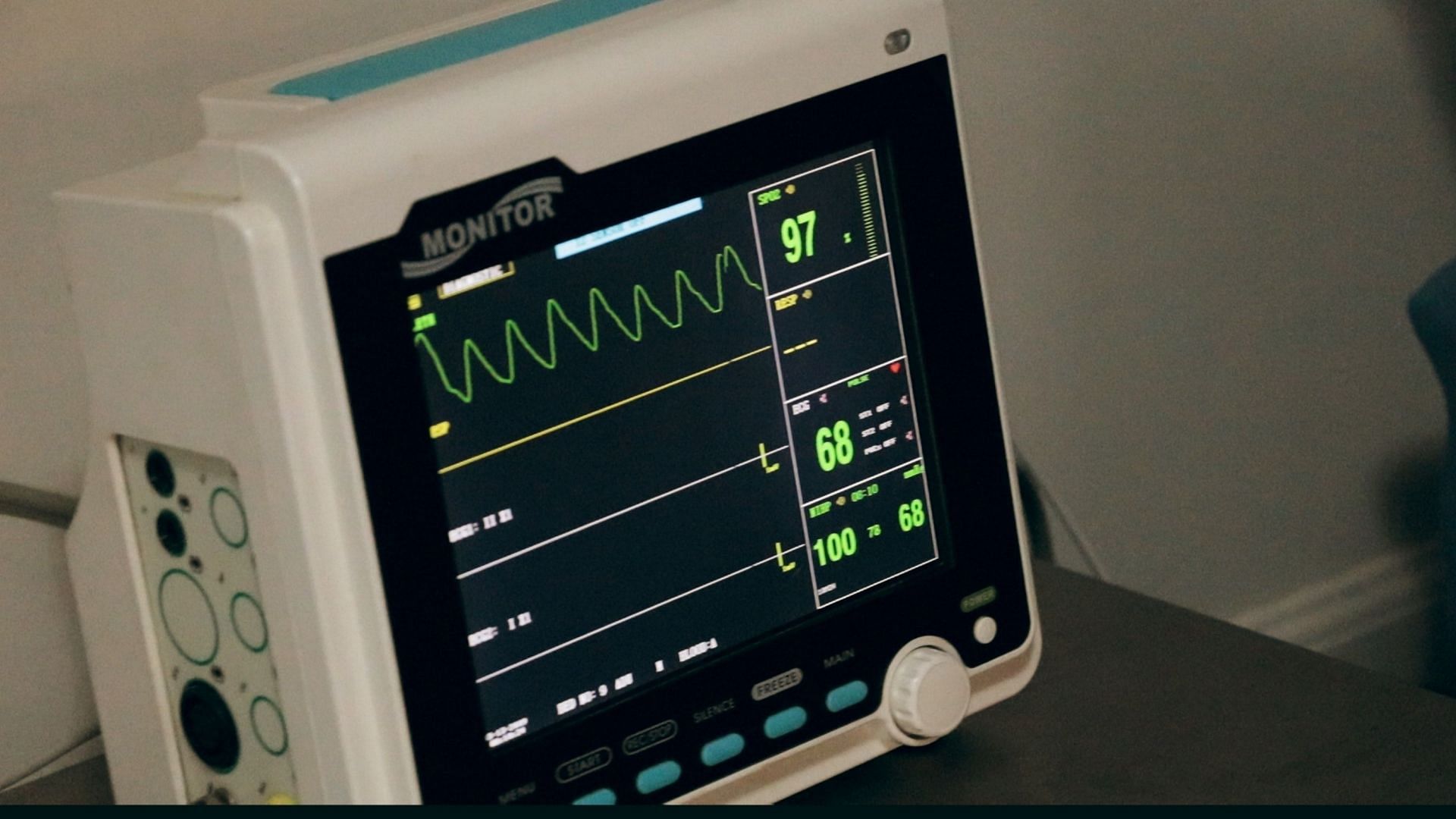[ad_1]
Heart attacks are not just a problem for the elderly. Teens and young adults are at high risk for heart attacks due to a variety of factors. These include obesity, high blood pressure, and smoking. While concerns are at an all-time high, and the overall health of our youth is declining, take these points into consideration and understand how you can improve your lifestyle or help the ones you love:
Why Are Teens And Young Adults Becoming More Susceptible To Heart Attacks?
Obesity is a major risk factor for heart disease, and it is becoming increasingly common among teens and young adults. This is due in part to the rise in fast food and sugary drinks, as well as a lack of physical activity. High blood pressure, another major risk factor for heart disease, is also on the rise among young people. This can be caused by obesity, stress, and a diet high in salt.
Smoking is another major risk factor for heart attacks in teens and young adults. Nicotine and other chemicals in cigarettes damage the heart and blood vessels, making it more likely that a person will have a heart attack. Smoking can also lead to other health problems such as lung cancer and emphysema.

What Can Be Done To Reduce The Risk Of Heart Attacks?
1) Eat healthy and stay active:
One of the most important things is to encourage healthy eating and exercise. Eating a diet rich in fruits and vegetables, and low in saturated and trans fats, can help lower cholesterol and blood pressure. Regular exercise, such as brisk walking or cycling, can also help lower the risk of heart disease.
2) Quit smoking:
Another important step is to help teens and young adults quit smoking. Nicotine replacement therapy, such as nicotine gums or patches, can help reduce cravings. In addition, counseling and support groups can also be helpful.
3) Be vigilant about the symptoms:
It’s also important for teens and young adults to know the signs of a heart attack. These include chest pain or discomfort, upper body pain or discomfort, shortness of breath, nausea, and lightheadedness. If you suspect that you or someone you know is having a heart attack, call 911 immediately.
4) Know your family’s medical history:
It’s important for young people to discuss their family history with their doctor and to get regular check-ups to monitor their heart health. For example, if a young person has a family history of heart disease, they may need to have their cholesterol and blood pressure checked more frequently than someone without a family history.
If a parent or grandparent has had a heart attack, this increases the likelihood that the teen or young adult will also have a heart attack. This is because certain genetic factors can make a person more susceptible to heart disease.
5) Take medication:
In addition to lifestyle changes and regular check-ups, there are also medications that can help reduce the risk of heart attacks in teens and young adults. These include medications to lower cholesterol and blood pressure, as well as medications to prevent blood clots.
In conclusion, heart attacks are a serious problem for teens and young adults. However, there are steps that can be taken to reduce the risk. By encouraging healthy eating and exercise, helping teens and young adults quit smoking, and knowing the signs of a heart attack, we can help protect the health of our young people.
Poll : Do you follow any of these tips?
0 votes
var fbPixelFired = false;
document.addEventListener(“scroll”, function() { loadFBPixel() });
document.addEventListener(“mousemove”, function() { loadFBPixel() });
function loadFBPixel() {
if(fbPixelFired) {
return;
}
fbPixelFired = true;
!function(f,b,e,v,n,t,s){if(f.fbq)return;n=f.fbq=function(){n.callMethod?
n.callMethod.apply(n,arguments):n.queue.push(arguments)};if(!f._fbq)f._fbq=n;
n.push=n;n.loaded=!0;n.version=’2.0′;n.queue=[];t=b.createElement(e);t.async=!0;
t.src=v;s=b.getElementsByTagName(e)[0];s.parentNode.insertBefore(t,s)}(window,
document,’script’,’
fbq(‘init’, ‘952063904834769’);
fbq(‘track’, “PageView”);
fbq(‘track’, ‘ViewContent’);
}
[ad_2]
Source link
